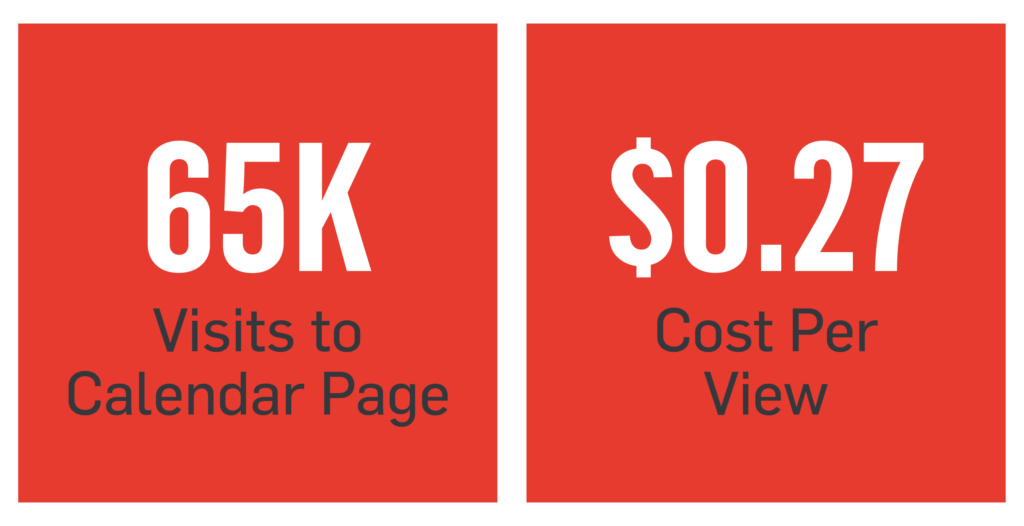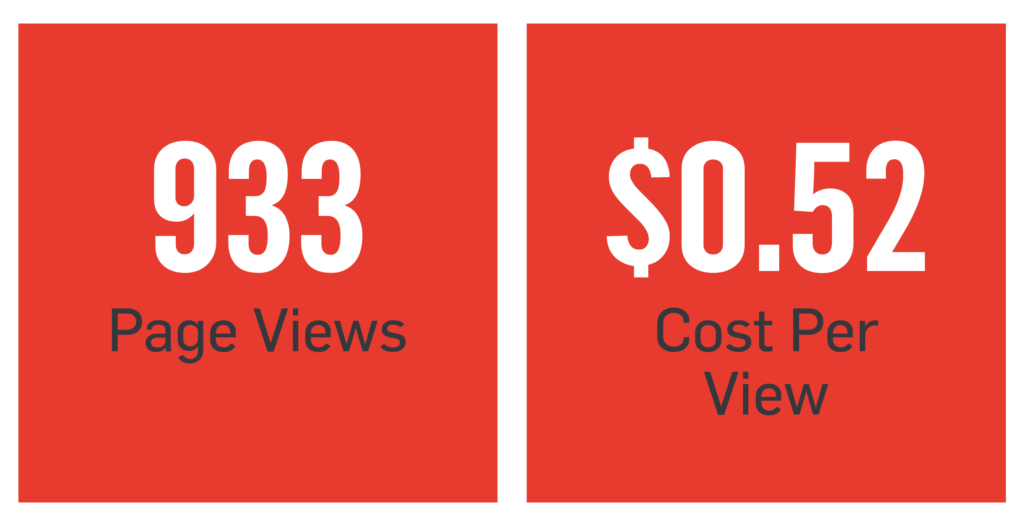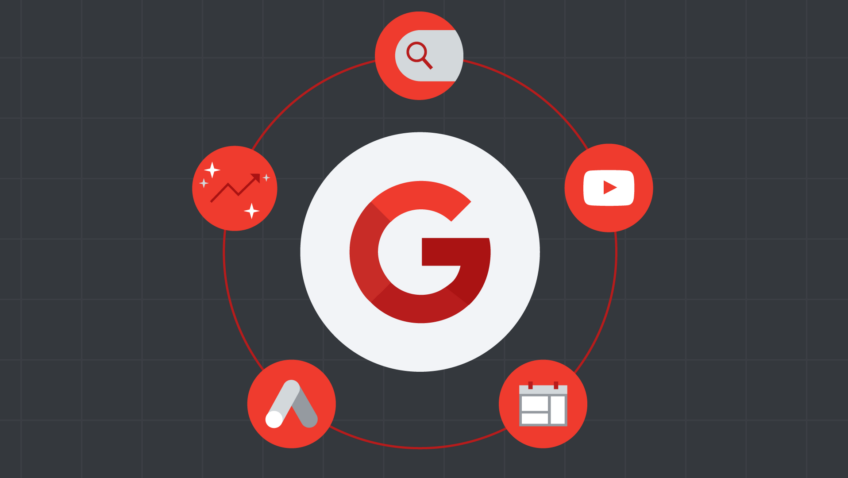Measuring Success Without Purchase Tracking
Ask CI
When you think about digital marketing campaigns, return on investment (ROI) likely comes to mind. But what happens when you’re running an attendance or membership campaign, and purchases largely don’t take place online? Museums and similar types of cultural institutions often find themselves in this predicament.
At CI, we’re obsessed with measurement, and that includes even those scenarios that seem unmeasurable. Enter: proxy metrics. A proxy metric is something you can measure that represents or approximates the value of your intended metric when data is limited. Let’s look at how we use proxy metrics to measure campaign performance for the museums we work with.
TAKE A CUE FROM WEBSITE VIEWS
We rely on website views as our key performance indicator (KPI) to approximate attendance driven by digital campaigns. We build out tracking to record specific page visits on a user’s journey after seeing one of our ads. For example, did someone visit the calendar or the “Plan a Visit” page? Did they click to learn more about a specific exhibition? These actions are pretty good indicators of intent to visit.
- In Action: One of our clients is a major art museum that offers free general admission. Certain exhibitions have paid timed entry, but even those purchases often happen onsite. In March 2023, the museum ran three campaigns across Google placements: an exhibition-specific display campaign, an exhibition-specific YouTube campaign, and an ongoing institutional paid search campaign.
- The Results
 In Action: We work with a small academic museum that only charges a nominal admission fee upon entry for those unaffiliated with the college. We regularly run short flights on Meta promoting general awareness of the museum and rely on proxy metrics like website views to measure campaign success. In December, the museum ran a week-long campaign with ads that featured a visually striking special exhibition and linked to that exhibition’s landing page.
In Action: We work with a small academic museum that only charges a nominal admission fee upon entry for those unaffiliated with the college. We regularly run short flights on Meta promoting general awareness of the museum and rely on proxy metrics like website views to measure campaign success. In December, the museum ran a week-long campaign with ads that featured a visually striking special exhibition and linked to that exhibition’s landing page. - The Results

TRACK INTENT TO PURCHASE
Even when we can see online purchase data, we rarely see the complete picture. Most museum visitors purchase admission upon arrival. (One museum we work with estimates that only about 20% of their visitors buy online!) And sometimes ticketing platforms don’t have the proper infrastructure to allow for accurate tracking. But luckily, we’ve found a workaround.
In these scenarios, we continue to use page views as a strong approximator, but we also introduce another proxy metric: clicks to the ticketing platform. We can build a custom solution that tracks every time someone clicks on the “purchase” button on a museum’s website to bring the user to the ticketing platform.
- In Action: An NYC-based museum in our client roster couldn’t verify its ticketing domain, so our view of online purchase data has been incomplete. To provide the most robust view of the data possible, we report on three key metrics: page views, clicks to the ticketing platform, and purchases. While none of these metrics individually can provide a full picture, all three combined give a reasonably comprehensive view of campaign performance. Let’s look at how these proxy metrics worked together for the museum’s Meta campaign this past fall and winter.

THE BOTTOM LINE
There is no “correct answer” when it comes to campaign results, as they depend on how you decide to view and interpret the data. With that in mind, we strive to provide our museum clients with the most thorough reporting possible. This allows them to understand how their digital marketing campaigns influence attendance—even when visitors aren’t purchasing online.











